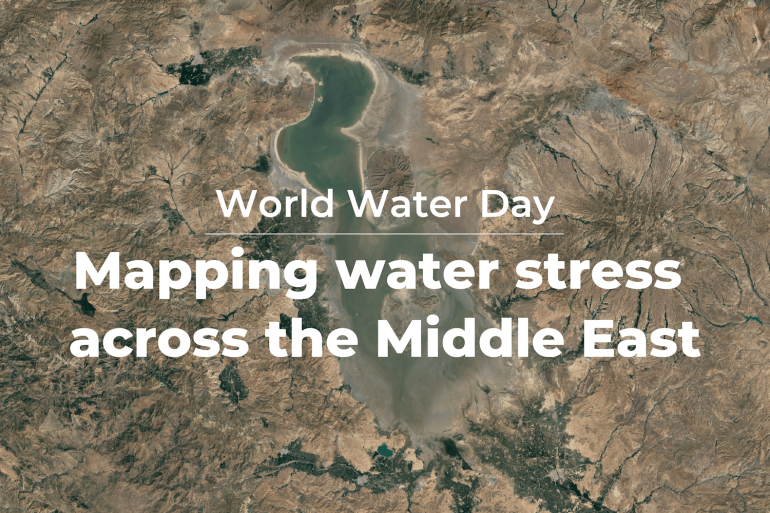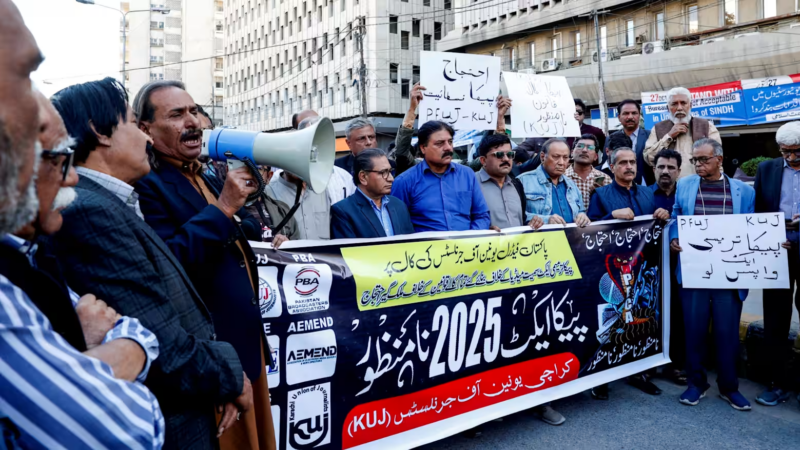World Water Day: Charting Middle Eastern water stress

The Middle East and North Africa are home to seven of the ten countries with the worst water shortages. The time-lapse movies below demonstrate how some waterways have virtually vanished.
World Water Day is observed annually on March 22 by the UN with the goal of tracking global progress toward ensuring that everyone has access to pure, cheap water.
One in four of the world’s population, or 2.3 billion people, reside in water-stressed nations, according to UN-Water.
Water stress is the ratio of used freshwater to available, sustainable freshwater sources. When water flows exceed available supplies, a nation is either producing a lot of desalinated water or its reservoirs are being used up quicker than they can be refilled.
Middle Eastern water shortage
The Middle East and North Africa are home to seven of the ten countries with the worst water shortages. The yearly water extraction is eight times greater than the water flow from natural resources in those nations, where the average water stress level is 820 percent.
The environment in the Middle East is primarily dry and desert, with little rainfall and high temps. Several nations in the area, especially those in the Gulf, depend on desalination, a procedure that eliminates sodium from saltwater, to supply their citizens with enough water.
The nations with the greatest amounts of water stress as of 2017 were Egypt (6,420%), Bahrain (3,878%), and the United Arab Emirates. (1,708 percent).
Over the past 30 years, water demand has doubled.
Water stress levels in the Middle East and North Africa more than increased from 8,411 to 16,422 percent between 1987 and 2017.
Water stress levels in Egypt have risen from 4,897% in 1977 to 6,420% in 2017.
The resources of the Nile River, which begin outside of the country’s boundaries, are highly reliant on by the nation with a population of more than 100 million. Egypt may run out of water by 2025, according to a UNICEF study from 2021, which estimates that the country has a yearly water shortage of around 7 billion cubic meters (247 billion cubic feet).
vanishing pools
Several lakes in the Middle East have shrunk as a result of rising temps, an increase in water consumption, and the building of structures. Lake Urmia in Iran and Lake Sawa in neighboring Iraq are two noteworthy lakes that have vanished.






